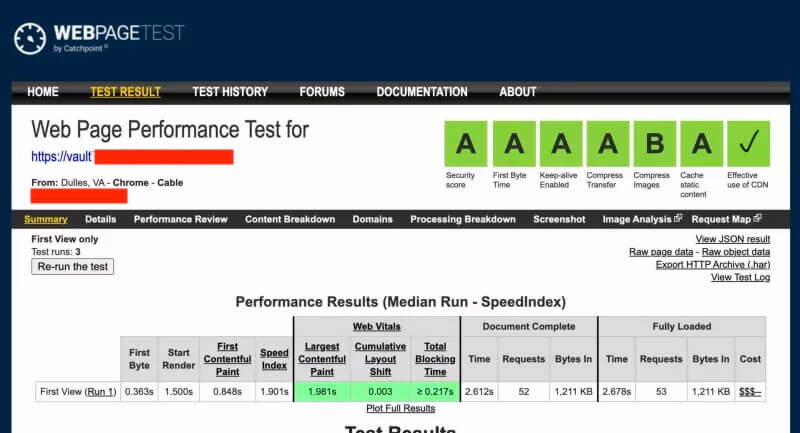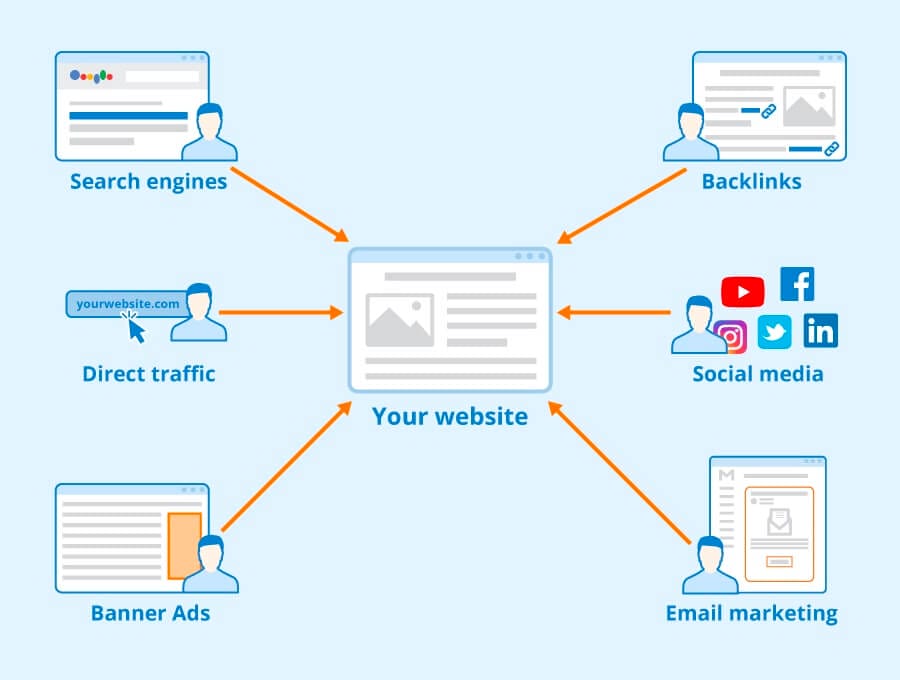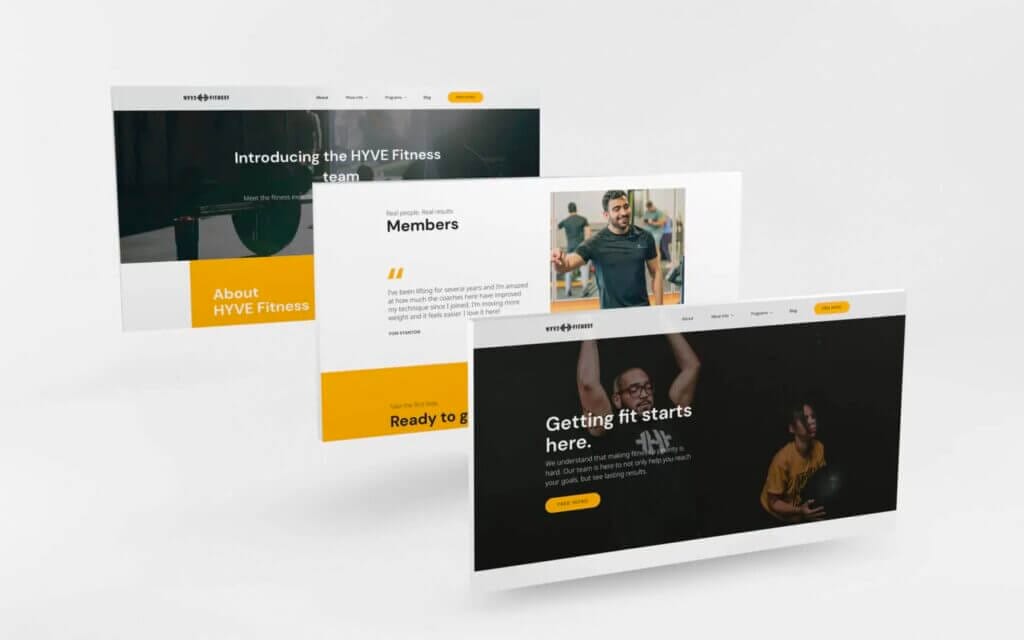Ask most gym owners what’s holding them back from reaching their financial goals, most will say, “I need more leads.”
We get it, running a successful gym means constantly getting new people interested. For that you need a solid lead generation strategy coupled with good lead nurturing to get more sales.
But the question is, how you you draw more people through your doors? For starters, your website is a powerful tool for attracting potential members. And not just any person from the web; you want the type who’s genuinely interested in what services your gym offers and is located nearby.
Now, if your website isn’t getting much attention—or the right attention—you might be wondering how to change that. Luckily, there are plenty of things you can do to optimize your website to get high-quality traffic.
How to Drive More Traffic to Your Gym Website
Here are our top 5 strategies for attracting quality visitors consistently:
1. Optimize Your Google Business Profile
Here’s the thing: most people see a business on Google Maps before they even click on the website. Believe it or not, 92% of us don’t bother scrolling past the first page of search results. This is why your Google Business Profile (GBP) is a big deal—it’s how people in your local market will notice your business.
A top-notch GBP tells people everything they need to know about your gym, and it’s a great way to drive them towards your website. But, few gym owners keep their info up to date. Google’s not a fan of that and might keep your listing from climbing up in the ranks, so less people will come across your gym.
To avoid this from happening, here’s what you should do to optimize your GBP:
- Have correct hours and contact information
- List products and services your business offers
- Post photos that capture your facility and its community
- Get tons of reviews
- Respond to all reviews
- Include links to your gym’s social media
Basically, you want to accurately fill out as many aspects of your GBP as possible and be sure to update it regularly.

Related: The Guide to Local SEO for Gym Owners
2. Post Valuable, High-Quality Content
Think of your gym’s website as your digital first impression. You have about 10 seconds to grab your visitors’ attention and convince them to stick around. They’re searching for answers to common health and fitness queries, and you need to be the solution they find.
How so? By including a blog on your website and posting meaningful content that resonates. When you deliver free value and insights to site visitors, you become a trusted and credible source for potential customers. Understanding their needs and repeatedly proving you’re there to alleviate their problems will increase the likelihood of them converting into paying customers.
Here’s the reality: blogs are a powerful marketing tool, yet many gym owners don’t use them. If you’re the only one sharing content in your area, you’re setting yourself apart from the competition. This makes your gym the obvious choice in the local market.
Take a look at how this Kilo client nails awesome content on a regular basis:

Pro tip: create content that’s valuable to your location. For example, if your city or town hosts a marathon, a couple of easy blog posts could be, “The Best Run Routes in [CITY NAME]” and “The Ultimate Guide to Training for the [NAME] Marathon”.
This localized approach not only shows that you’re active in your community but also makes your content highly relevant and shareable, encouraging other locals to go to your site for more insider knowledge.
Related: How to Beat 90 Percent of Local Gym Competitors With Content
3. Be Active and Engaging on Social Media
Lots of fitness enthusiasts these days hang out on the biggest platforms like Facebook and Instagram. It’s where you can show off your gym and connect with a large audience in ways that no other channels can.
With the right strategies, you can use social media to drive more traffic to your gym’s website.
Here’s how:
- Post Content With Clear CTAs: People click and interact with content that resonates, so every post should serve a purpose and motivate your audience to take next steps. For instance, you could end informative posts with an invitation to ‘find out more on our website’ and attach a direct link.
- Use Stories and Link in Bio: Interactive features on Instagram Stories allow you to place clickable links to your site. Adding a Linktree to your bio also organizes relevant links. Since these are easily accessible, those that are interested can easily navigate to your website.
- Engage With Your Audience: People that are interested in your gym will engage with your page whether it’s through a like, comment, or DM. This is your moment to start conversations with them and guide them to your website should they need more information.
Using these methods, your social media acts as a bridge, guiding people from your profiles directly to your gym’s website. Every click could be a potential client, so it’s important to make the most of these opportunities.
Related: How to Boost Gym Growth on Instagram
4. Set Precise Targets for Your Digital Ads
Paid marketing is the fastest way for prospective clients in your area to discover your business and what you offer.
The good news is, both Google Ads and Meta Ads allow you to narrow in on the people you want to reach by selecting demographics that apply to your target audience. You want to bring in people located nearby so they’ll actually swing by your gym, helping your business thrive.
Google Ads uses ‘audience segments’ for their ad targeting. This means your ads are shown to people based on “who they are, their interests and habits, what they’re actively researching or how they’ve interacted with your business.”
Meta Ads follow a very similar process when defining a target audience for your campaigns.
By optimizing your ads and being specific about who they reach, you’ll get more qualified traffic to website. Why? Because your offers are relevant to their needs, you’re in close proximity, and they speak their language or reflect their lifestyle. That relevance, convenience, and personalized appeal will drive your target audience to click on the ad and explore what your gym is all about.
Related: The Ultimate Guide to Running Profitable Facebook Ads For Your Gym
5. Check Your Website’s Health & User Experience
Don’t let a sluggish website be the reason potential clients pick another gym. Nearly half of online consumers expect a webpage to load in two seconds or less, and 40 percent abandon a site completely after waiting more than three seconds.
Let’s be real, a 30-second load time is a millennium in the online world. And remember, people aren’t just using desktops; they’re browsing on phones, tablets, all kinds of devices. If your gym’s site isn’t responsive on different platforms, you’re potentially handing traffic over to your competitors. We recommend using webpagetest.org for speed tests.
For those that are using Kilo websites or Gym Lead Machine, you’ve got a team of experts that are constantly making updates to optimize your sites and ensure they stay above 90 percent.
Here is a speed result for a GLM template:

Plus, we’ve got you covered on any device—ensuring your gym’s website looks amazing whether a person is using a laptop, iPad, or an Android.
Related: Website Maintenance and Upgrades
Now, there’s another critical step, and that’s tracking your website traffic. It’s not just about getting people to your site; it’s also about understanding how they interact with it.
How to Track Your Gym Website’s Traffic
Website tracking is a method for monitoring and analyzing your website’s visitors and their behavior, including pageviews, bounce rate, click-through rate (CTR), interactions per visit, and more.
This kind of insight is crucial for understanding your audience because it tells you their journey. Maybe most of your visitors check the ‘About Us’ page before signing up, or perhaps they need to read success stories first. By tracking their steps, you understand their thought process and see what’s working well and what isn’t.

Here’s why that’s valuable: it can guide you on how to improve your website for better performance. But most gym owners don’t track their traffic at all, so they don’t know whether their site is hitting the mark with visitors or missing it completely.
Luckily there are tools like Google Analytics, Matomo, and Clicky that can help, and most of them have free optionsavailable (with limits). But they’ll only give you raw data.
What if there was a better option? One that guarantees you get a beautiful, fast & secure website, AND all the metrics you need for optimal performance.
Well, there is, and it’s with Kilo!
Here’s what you need to know:
Get More Traffic to Your Site Today!
Kilo doesn’t just guarantee your gym gets more leads; we give your gym’s website the muscle it needs to perform.
Our package includes everything you need from regular updates and constant monitoring to speed optimization and security checks.

Of course, you can implement the strategies outlined in this article to enhance your gym’s website traffic. Or, why not save time and let us do the heavy lifting for you?
To find out more on how Kilo can help run your gym with confidence, get your website in great shape to consistently drive traffic, and boost your gym’s growth, book a call here.






